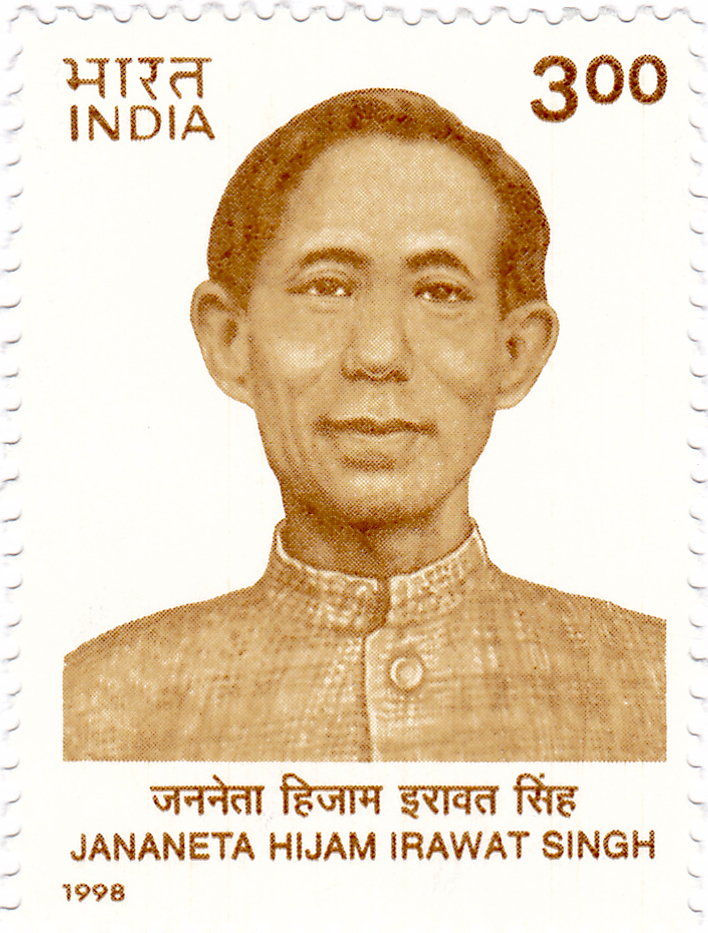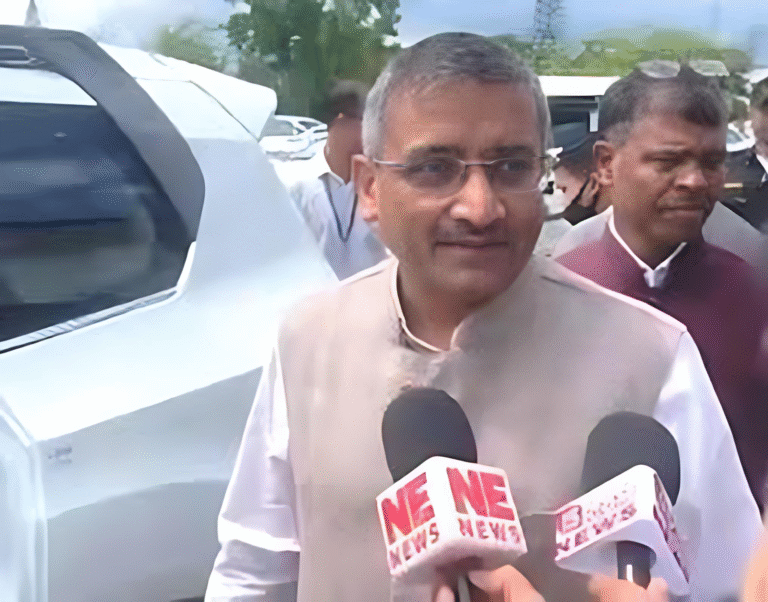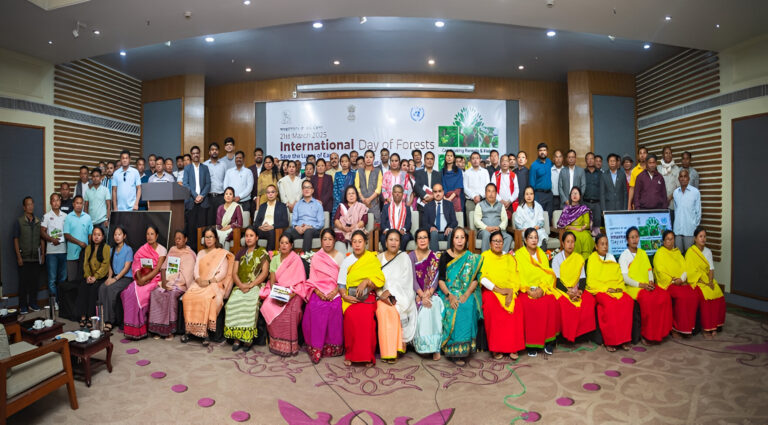Manipur Governor Pays Tribute to Freedom Fighter Hijam Irabot Singh on His Birth Anniversary
On Jananeta Irabot Day (30 September 2025), Manipur Governor Ajay Kumar Bhalla laid floral tributes at the statue of freedom fighter and social reformer Hijam Irabot Singh at Irawat Square in Imphal. The ceremony — attended by MLAs, state officials and distinguished guests — was held to remember Irabot’s life of public service and to reaffirm commitments to unity, social justice, and progress in the state.
On 30 September 2025, in observance of Hijam Irabot’s birth anniversary (locally known as Jananeta Irabot Day), Governor Ajay Kumar Bhalla visited Irawat Square, Imphal, and paid homage to Irabot by laying floral tributes at his statue. The ceremony was attended by several Members of the Legislative Assembly (MLAs), state government officials and other dignitaries. Raj Bhavan’s statement emphasized Irabot’s legacy as a freedom fighter and social reformer and urged people to renew their commitment to unity, empowerment and progress for Manipur. The event received coverage from national wire agencies and regional press, which highlighted the Governor’s call for societal cohesion centered on Irabot’s ideals.
Who was Hijam Irabot Singh? A quick life sketch
If you’re not from Manipur, Hijam Irabot may not be a household name for you — but within the valley and across the state, he is often referred to as Jananeta (people’s leader) and remembered as a thorn-in-the-side reformer who mixed politics with social activism. Born on 30 September 1896, Hijam Irabot was a teacher-turned-activist who later became a politician and a founder figure in Manipur’s left-wing politics. Over his life, he campaigned for peasants’ rights, organised protests against social inequality, played a role in the Nupi Lan movements, and eventually helped shape the early Communist movement in Manipur. He passed away on 26 September 1951, after years of political struggle that made him a symbol of resistance and reform.
There’s a reason communities choose certain figures as their touchstones. Irabot’s story is a mosaic: teacher, organiser, playwright, politician, and underground leader when the state pushed back against his activism. He wasn’t a leader because he wanted power; he was a leader because he wanted change — land reforms, an end to social injustices, and greater dignity for the ordinary people of Manipur. That combination of cultural engagement (he wrote plays and essays), grassroots organisation (worker and peasant groups), and political risk-taking (going underground when the situation demanded) makes his memory useful — and contested — for different political actors even today.
FAQs
Q1: Who is Hijam Irabot Singh and why is he celebrated?
A1: Hijam Irabot Singh (30 September 1896 – 26 September 1951) was a teacher, social reformer, political activist and a founding figure in leftist politics in Manipur. He led movements for social justice, peasant rights and cultural revival — earning him the local title Jananeta (people’s leader).
Q2: When was the recent tribute by the Governor held and who led it?
A2: The tribute was held on 30 September 2025, when Manipur Governor Ajay Kumar Bhalla laid floral tributes at Hijam Irabot’s statue at Irawat Square in Imphal. The ceremony included MLAs, state officials and other dignitaries.
Q3: Where can I find more about Irabot’s political activities?
A3: Detailed accounts of Irabot’s life, including his role in peasant movements, legislative politics and the early Communist movement in Manipur, are available in historical archives and reference entries like his Wikipedia profile and local historical sites such as e-pao. These sources summarize his activist career and contributions to Manipur’s political history.
Q4: What is Jananeta Irabot Day and how is it observed?
A4: Jananeta Irabot Day is observed on Hijam Irabot’s birth anniversary (30 September). The day is commemorated across Manipur with wreath-laying ceremonies at memorials and statues, cultural programs, discussions on social justice, and community events that highlight his legacy.
Q5: How can citizens engage with Irabot’s legacy constructively?
A5: Citizens can engage by participating in public forums, educational programs, and community service projects inspired by Irabot’s ideals — such as campaigns for rural welfare, access to education, and cultural preservation. Encouraging youth-led initiatives that connect history with practical civic action helps keep his legacy alive and relevant.





